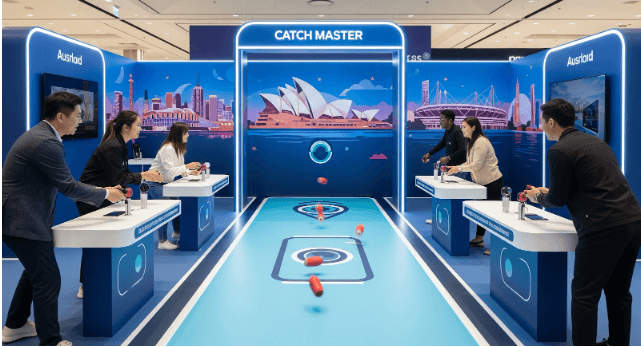Virtual Reality vs Augmented Reality: Comparative Analysis
Apr 14, 2025
Image sourced from Google
As immersive technology continues to evolve, Virtual Reality (VR) and Augmented Reality (AR) are taking center stage in reshaping the way we interact with digital content. From entertainment and gaming to education and enterprise applications, both VR and AR offer powerful experiences—but they do so in fundamentally different ways.
In this blog, we’ll explore the key differences between Virtual Reality and Augmented Reality, comparing their technologies, use cases, advantages, and limitations.
What is Virtual Reality (VR)?
Virtual Reality refers to a fully immersive experience that places users in a completely virtual environment. By wearing a VR headset, users are transported into computer-generated 3D worlds where they can look around, move, and interact with digital objects as if they were real. The real world is completely blocked out.
Core aspects of VR include:
Immersive environments detached from the real world
Requires headsets and often handheld controllers
Popular in gaming, training simulations, virtual tourism, and therapy
What is Augmented Reality (AR)?
Augmented Reality, on the other hand, overlays digital information—such as images, animations, or data—onto the real-world environment. AR enhances rather than replaces reality, allowing users to interact with virtual objects while remaining aware of their physical surroundings.
Core aspects of AR include:
Blends digital content with the real environment
Typically accessed via smartphones, tablets, or smart glasses
Common in retail apps, AR filters, education tools, and industrial maintenance
Key Differences Between VR and AR
The main distinction lies in immersion. VR is fully immersive, removing users from the physical world. AR is partially immersive, integrating digital elements into the real world.
In terms of hardware, VR requires specialized headsets with sensors and motion tracking, whereas AR can function through everyday devices like smartphones or lightweight AR glasses.
User interaction also varies. VR enables deep interaction within a virtual space—perfect for simulations or virtual meetings—while AR is more suited for enhancing real-world tasks with contextual information.
Use Cases and Applications
Virtual Reality Applications:
Gaming and Entertainment: Immersive storylines, first-person experiences
Education and Training: Medical simulations, pilot training, VR classrooms
Virtual Tours: Real estate previews, virtual tourism
Mental Health: Exposure therapy, mindfulness and relaxation
Augmented Reality Applications:
Retail and E-commerce: Try-before-you-buy (e.g., furniture placement or makeup)
Healthcare: Surgical visualization, AR-assisted diagnostics
Manufacturing and Maintenance: Step-by-step repair instructions
Marketing and Advertising: AR product demos, interactive billboards
Advantages and Challenges
VR Advantages:
Total immersion for deep learning or gaming
Highly controlled environments
Effective for simulations and virtual collaboration
VR Challenges:
High hardware costs
Limited mobility and potential for motion sickness
Not practical for multitasking in real life
AR Advantages:
Enhances the real world without complete detachment
More accessible via smartphones and tablets
Ideal for real-time data overlay and situational awareness
AR Challenges:
Less immersive than VR
Can be limited by camera quality and lighting conditions
Privacy concerns with constant environmental scanning







